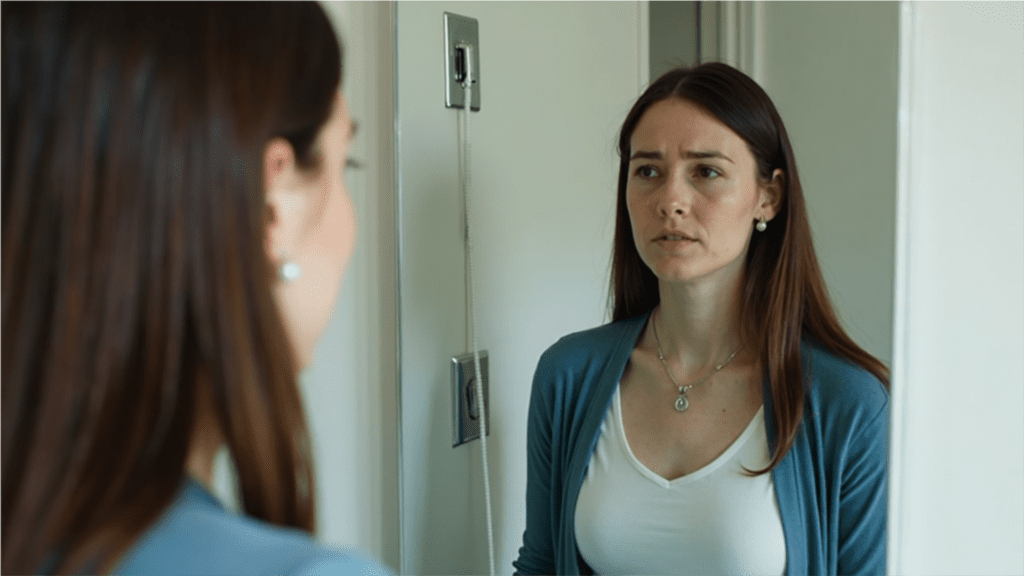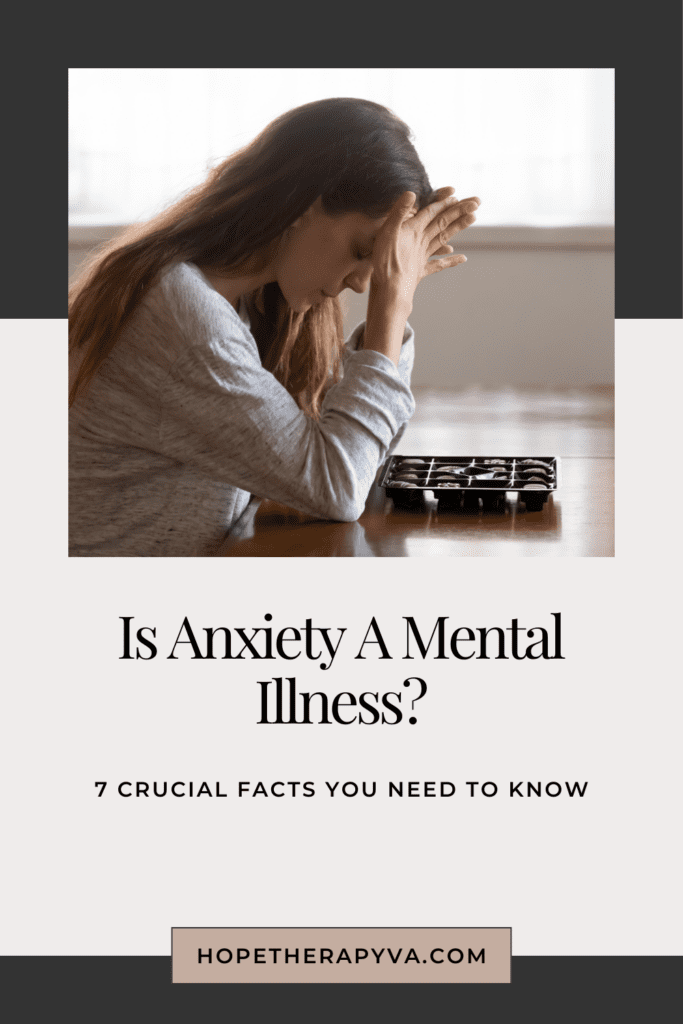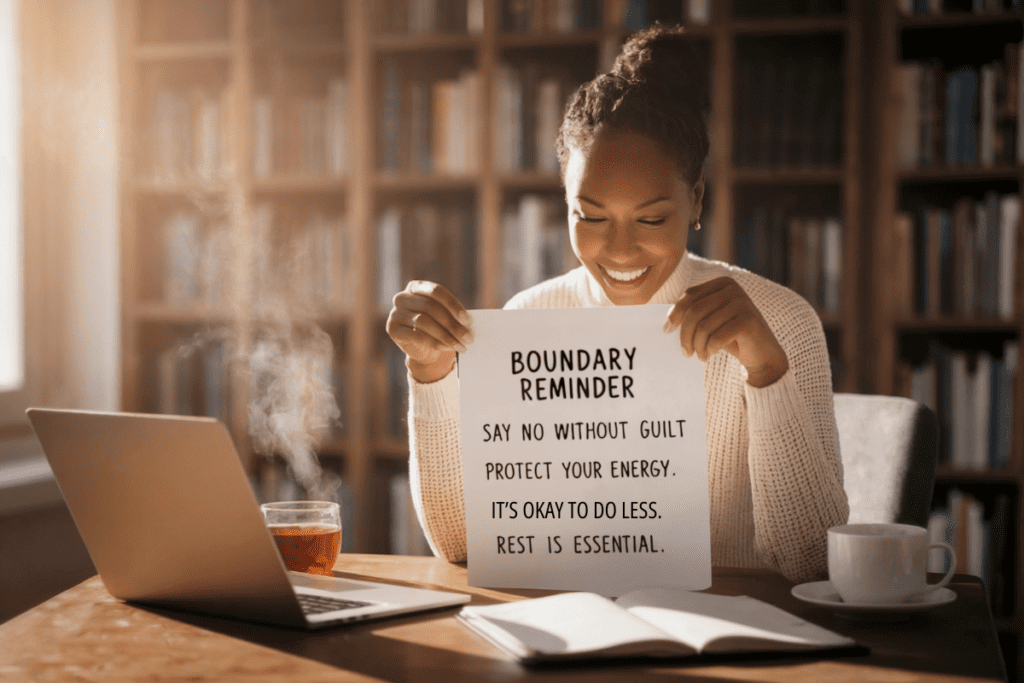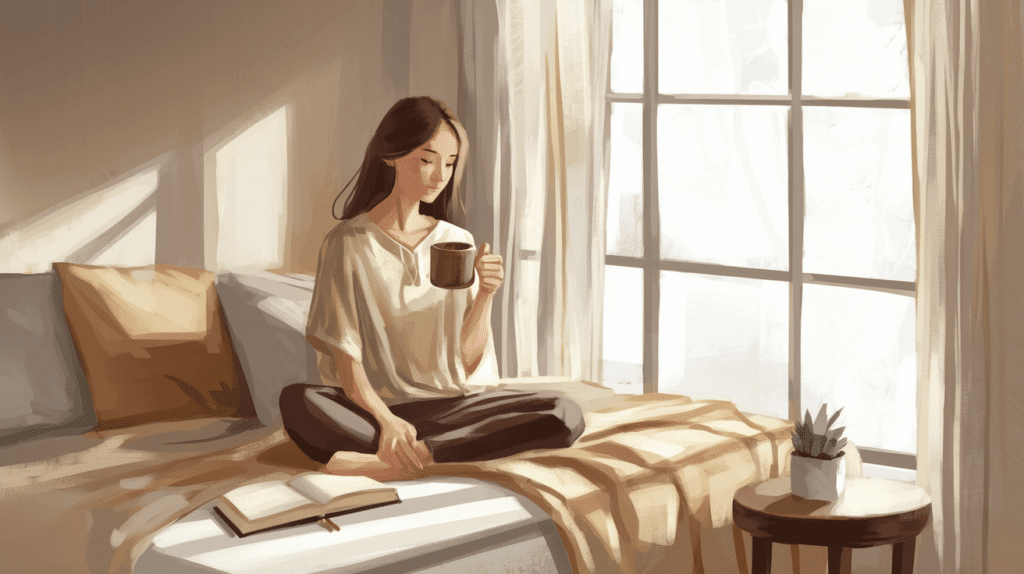Introduction
Is anxiety a mental illness? This question is often asked by those who experience frequent worry, stress, or nervousness. Anxiety is a normal response to stressful situations, but when it becomes excessive, persistent, and interferes with daily life, it may be classified as a mental health disorder.
Understanding anxiety is crucial because it affects millions of people worldwide. In this post, we will explore the nature of anxiety, how it is classified as a mental illness, and what you can do if you or someone you know is struggling with it.
What Is Anxiety?
Anxiety is a natural response to danger or stress. It is the body’s way of preparing to deal with a perceived threat through the “fight-or-flight” response. Everyone experiences anxiety from time to time, whether it’s before an important exam, a job interview, or a major life change.
However, when anxiety becomes chronic, overwhelming, and disproportionate to the situation, it may indicate an underlying mental health condition. Anxiety disorders are among the most common mental health disorders, affecting millions of people worldwide.

Is Anxiety a Mental Illness? Understanding the Classification
Yes, anxiety is a mental illness when it meets specific diagnostic criteria. According to the Diagnostic and Statistical Manual of Mental Disorders (DSM-5), anxiety disorders are classified as mental health conditions that cause excessive fear, worry, and behavioral disturbances.
Some of the most common anxiety disorders include:
- Generalized Anxiety Disorder (GAD): Persistent and excessive worry about various aspects of life.
- Panic Disorder: Sudden and repeated panic attacks characterized by intense fear and physical symptoms like rapid heartbeat and shortness of breath.
- Social Anxiety Disorder: Extreme fear of social situations, leading to avoidance and distress.
- Obsessive-Compulsive Disorder (OCD): Repetitive, intrusive thoughts (obsessions) and compulsions (rituals) to reduce anxiety.
- Post-Traumatic Stress Disorder (PTSD): Anxiety that develops after experiencing a traumatic event.
If anxiety interferes with daily life, work, relationships, or physical health, it is considered a mental illness that requires attention and treatment.
7 Crucial Facts About Anxiety You Should Know
1. Anxiety Is More Than Just Worry
Many people think of anxiety as simple nervousness, but it can manifest as physical symptoms like chest pain, dizziness, nausea, and fatigue. It can also cause cognitive impairments, making it difficult to concentrate or make decisions.
2. Anxiety Disorders Are Highly Treatable
With the right approach, anxiety disorders can be managed effectively. Treatments include cognitive-behavioral therapy (CBT), medication, mindfulness practices, and lifestyle changes like exercise and a balanced diet.
3. Genetics and Brain Chemistry Play a Role
Research shows that anxiety can be influenced by genetic factors, neurotransmitter imbalances, and brain structure. If you have a family history of anxiety disorders, you may be more susceptible.
4. Lifestyle Factors Can Trigger or Worsen Anxiety
Excessive caffeine intake, lack of sleep, chronic stress, and substance abuse can contribute to or exacerbate anxiety disorders.
5. Anxiety and Depression Often Coexist
Many individuals with anxiety disorders also experience depression. The two conditions share overlapping symptoms, such as low mood, fatigue, and difficulty concentrating.
6. Anxiety Can Impact Physical Health
Chronic anxiety has been linked to conditions like heart disease, high blood pressure, digestive issues, and weakened immune function. This makes it essential to seek treatment and manage symptoms effectively.
7. Seeking Help Is a Sign of Strength, Not Weakness
Many people hesitate to seek help due to stigma, but anxiety disorders are medical conditions that require professional support. Seeking therapy or talking to a doctor is a proactive step toward better mental health.

How Is Anxiety Diagnosed?
A healthcare professional, such as a psychologist or psychiatrist, can diagnose an anxiety disorder through:
- A detailed assessment of symptoms and medical history
- Standardized screening tools and psychological evaluations
- Discussion of any underlying medical conditions contributing to symptoms
If anxiety is significantly affecting daily life, a proper diagnosis is the first step toward effective treatment.
Treatment Options for Anxiety Disorders
1. Cognitive-Behavioral Therapy (CBT): One of the most effective treatments, CBT helps individuals identify and change negative thought patterns that contribute to anxiety.
2. Medication: Antidepressants, such as selective serotonin reuptake inhibitors (SSRIs), and anti-anxiety medications may be prescribed for severe cases.
3. Lifestyle Changes: Regular exercise, a balanced diet, and reducing caffeine and alcohol intake can help manage symptoms.
4. Mindfulness and Relaxation Techniques: Practices like meditation, deep breathing, and yoga can promote relaxation and reduce stress.
5. Support Groups and Therapy: Engaging in group therapy or talking with a support network can provide emotional relief and practical coping strategies.
For more information on anxiety and treatment options, visit National Institute of Mental Health (NIMH).
Final Thoughts
Is anxiety a mental illness? Yes, when it becomes excessive, persistent, and disruptive, anxiety is classified as a mental health disorder. Fortunately, anxiety is highly treatable with the right support, therapy, and lifestyle changes.
If you or someone you know is struggling with anxiety, seeking help from a mental health professional is a crucial step toward healing. Remember, you are not alone, and resources are available to support you on your journey to mental well-being.
Do you have questions or personal experiences with anxiety? Share them in the comments below to start the conversation! 💙
By staying informed and breaking the stigma surrounding mental health, we can create a world where everyone feels empowered to seek help and live their best lives.



